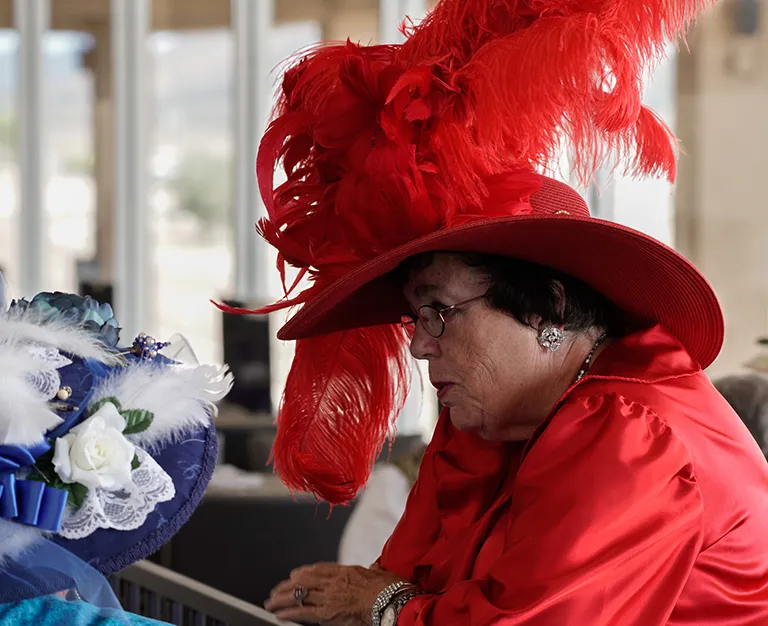If you look round a typical Sunday congregation, I suspect you won’t see many women wearing hats.
Although you would never have seen my granny in church without a hat, with changing fashions, and perhaps a more relaxed interpretation of 1 Corinthians 11: 13, it’s a rare sight other than at weddings. But in the 1880s hats were de rigeur for women, and the latest millinery fashion that was storming polite society was hats with feathers. Feathers of birds like grebes and egrets, and in more extreme cases even whole birds, adorned voluminous headgear in late Victorian and Edwardian society.
The result of this fashion craze was a complete industry ‘harvesting’ wild birds around the globe and transporting them to huge warehouses in the fashion centres of London, Paris and New York. This harvesting was completely unsustainable – the population of great-crested grebes in Britain, for example, was almost completely wiped out. It also sparked a reaction from some society ladies who joined together to campaign against the plumage trade and ended up founding the Society (later Royal Society) for the Protection of Birds. The young but redoubtable Etta Smith (later Lemon) would sit in church on a Sunday morning, noting which ladies were wearing plumage in their hats. A hectoring letter would follow on Monday demanding they forgo the feathers. You can read more about it in Tessa Boase’s excellent book, Etta Lemon: The Woman who Saved the Birds.








